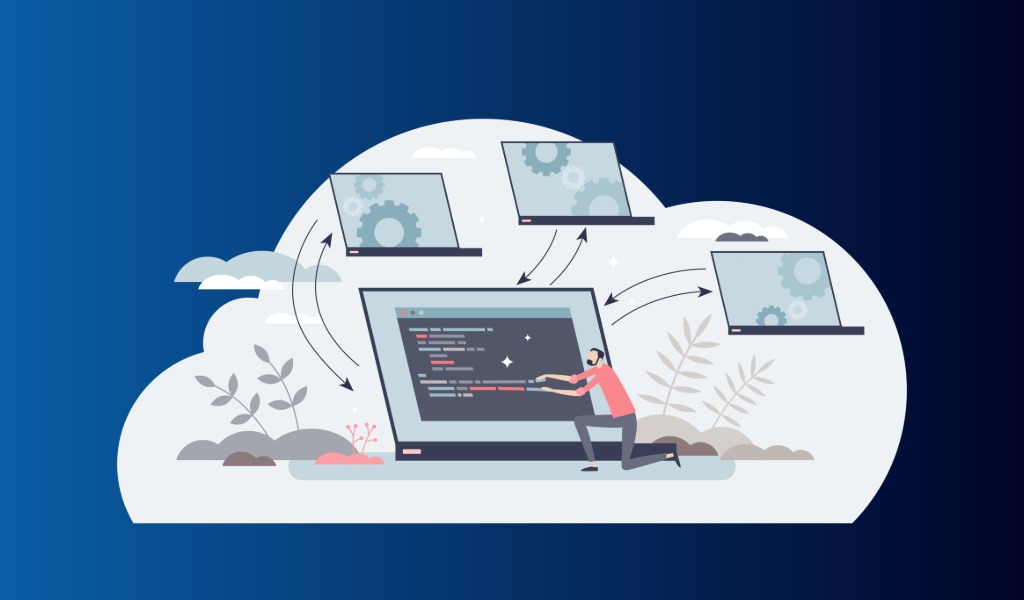Christine’s Cranky Thought of the Week That Does Not Involve LT
If you spend any time on YouTube these days, you cannot avoid the increasing number of AI-generated videos. And they’re all universally bad. Thankfully, there’s a browser extension you can add to get rid of them: AI Content Shield. There’s a free and a pro version, but the free version is more enough. It doesn’t just remove AI slop in YouTube either. You might notice some differences on your favorite websites. However, if that bothers you, there’s an easy toggle that allows you to not run on specific sites. LinkedIn is a major provider of slop, so, if you’re there and use the extension, you might notice the difference. It’s obvious to me on Youtube.
Speaking of the ever-increasing amount of slop, I strongly recommend this new piece by Charlie Warzel, This is Just The Internet Now (reminder, you can get The Atlantic through our Library).
A snippet:
The people selling these tools are doing so with a powerful narrative: Generative AI supposedly supercharges all that it touches, democratizing creativity, eliminating friction, increasing productivity, and pushing the boundaries of what is possible. Its disruption of the online economy, the boosters argue, is a reason for great optimism. But at the moment, so many of these benefits are theoretical. Generative AI is disruptive, is transformative, and is reducing friction, but the economic incentives for using it are geared far less toward supercharging human potential and much more toward producing abundant slop.
This is tragic. The loss of friction deprives people of something crucial. What happens between imagination and creation is ineffable—it entails struggle, iteration, joy, and frustration, disappointment, and pride. It is the process through which we enact agency. It is how we make meaning and move through the world. To lose that, I fear, is to capitulate on our very humanity.
Go read. It’s worth everyone’s time.
Anyhoo…
What to do now that you have all your Ultra Spring shells
It’s time to start converting your classes, if you haven’t started yet. For those of you who need it, there’s still training happening. Check it all out at this page and send it to whoever you think might need it.
For those of you who are about to move to Ultra for the first time, I recommend a few things (in addition to all the training offered by LT):
Make yourself a course map that you’ll share with your students. I’ve been harping about the usefulness of course maps, to help students figure out how to navigate your course, and what the overall structure and “narrative” looks like.
Consider how much help your students are going to need with Ultra, and how you can help them for your specific class. Don’t let them just “figure it out”.
To that end, this is what I do:
Of course, I provide a course map.
I create walk-through videos as a kind of orientation. These videos are about not just the Ultra interface but also how my courses work. These videos are no longer than 10 minutes. If you need a lot more than that to explain how your course works, consider that, maybe, it’s a tad overcomplicated.
Also consider making a few handouts that might come handy as they go through the course (without having to rewatch your entire walk-through video). I have handouts on how to upload files in Ultra. In one of my classes, students have to provide code, so, I have a handout on how to enter code in Ultra so the formatting is preserved. I also have one on how to find the feedback in Ultra (since there are several places where you can enter it).
So think about where the big friction points are in your courses, and what kind of support might help reduce them. Having done all of this, I can honestly say that I hardly ever get questions regarding where to find things in my courses. I get questions about content, of course, but almost never about how the course works.
As always, the LT crew and I have open labs on Wednesdays (1pm – 4pm), and Friday (9am – 1pm). You can either come with your specific problems and questions. Or you can simply come, park yourselves at a computer and do your work, knowing that there’s someone to help if you get stuck.
A word of warning: if you come when Tim Sweeney is in the lab, be ready to listen to some major keyboard pounding. Let’s just say he’s not gentle on the hardware!


